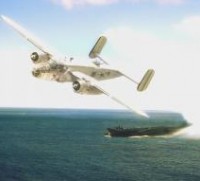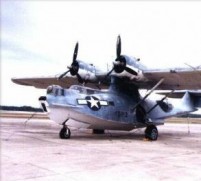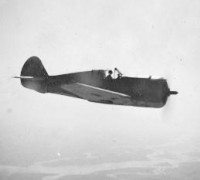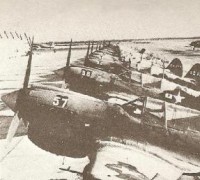BRAZILIAN AIR FORCE FAB * - BRAZILIAN AIR FORCE
5)UC 78 BOBCAT
Total received: 32
CARACHTERISTICS:
Twin engine, low wing, two crew, 5 passengers
2 Jacobs R-755-9 with 225Hp, radial, 7 cylinders, air cooled.
Span: 12,77 m.
Length: 9,98 m.
Height: 3,02 m.
Wing area: 27,40 m².
Empty weight: 1587 kg.
Maximum weight: 2286 kg.
Maximum speed: 313,95 km/h.
Rate of Climb: 464 m/min.
Ceiling: 6705 m.
Range: 1608 km.
Brazil was the third largest operator of the T-50 Bobcat aircraft, with its career beginning between December 1943 and August 1944 with the arrival of 32 planes from the UC-78, UC-78B and AT- 17 models that were ferried by cadets of the reserve and officers of the Brazilian Air Force from Ponka City, Oklahoma to Rio de Janeiro.
The implementation of the model in Brazil occurred with the distribution of aircraft between the School of Aeronautics, General headquarters of Air Zones and other Commands across the country. In view of its original vocation as a trainer, the model was used in the advanced stage by the third year cadets for adaptation activities to multi-engine devices, with dedicated night flight, group flight, short, medium and long distance missions with a duration of about 130 hours, in order to adapt the equipment to the flight profile that would be found on the first aircraft, including the A-20 Havoc, B-25 Mitchel, Douglas C-47 and Lockheed Ventura. Demonstrating excellent performance in the functions intended for them the Bobcats remained active until replaced by more modern and robust aircraft such as the Beechcraft AT-7.
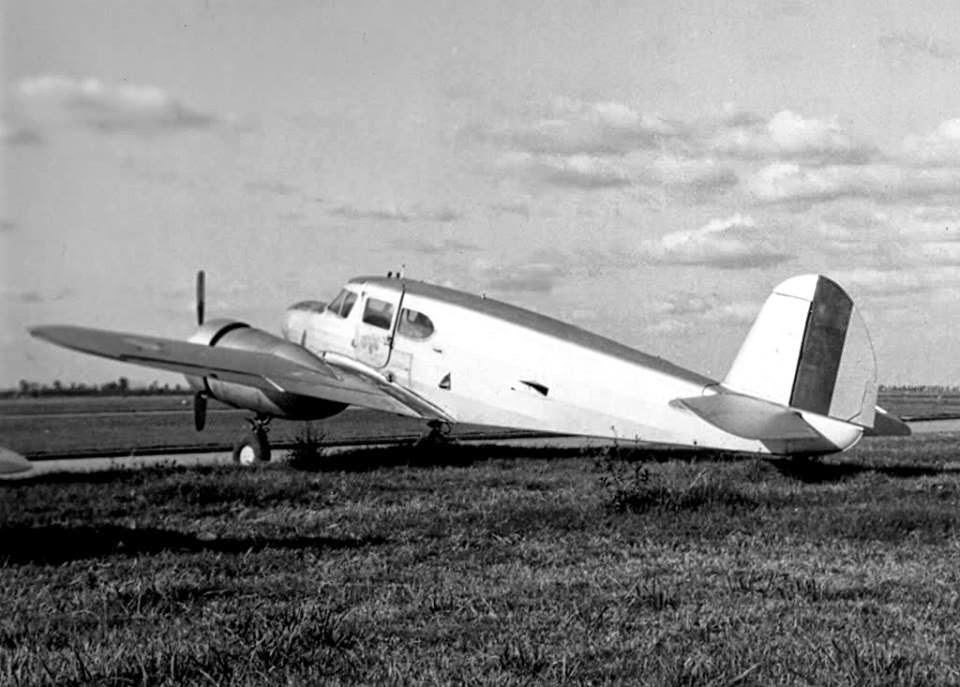
Rare view of UC 78 parked at Afonsos Airfield Rio de Janeiro circa 1943. Photo castropr.blogspot.com.br
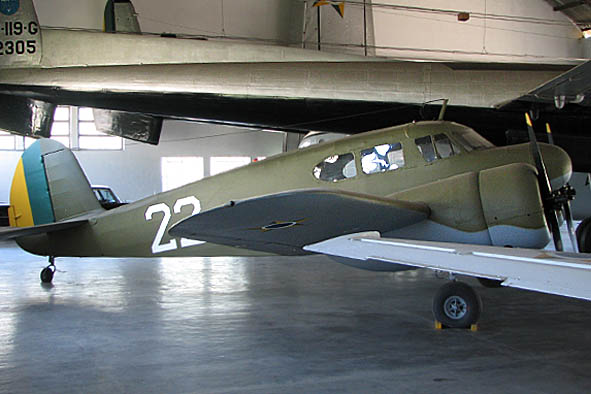
One UC-78 is in permanent display at the MUSAL (Museu Aeroespacial do Brasil.)
